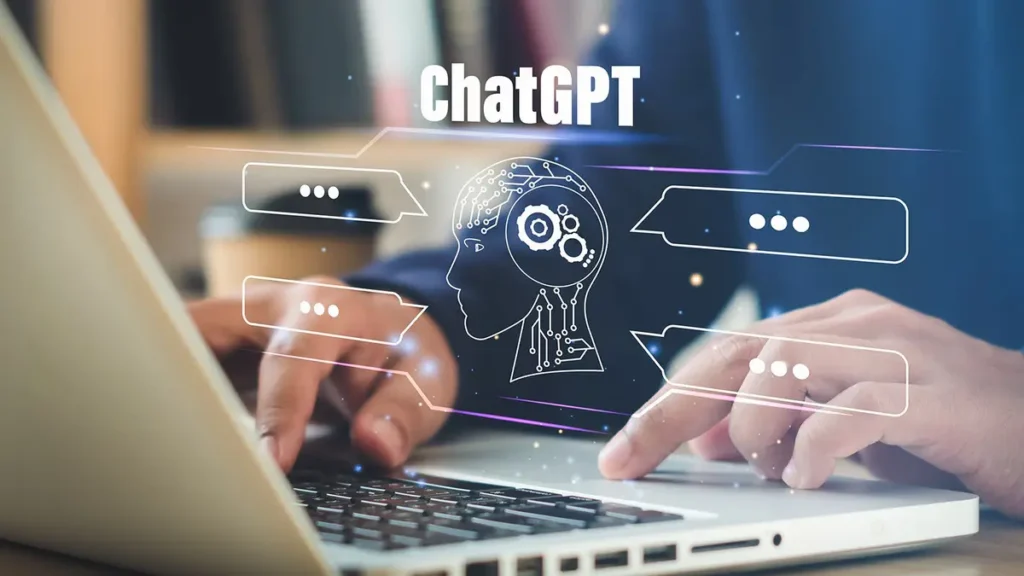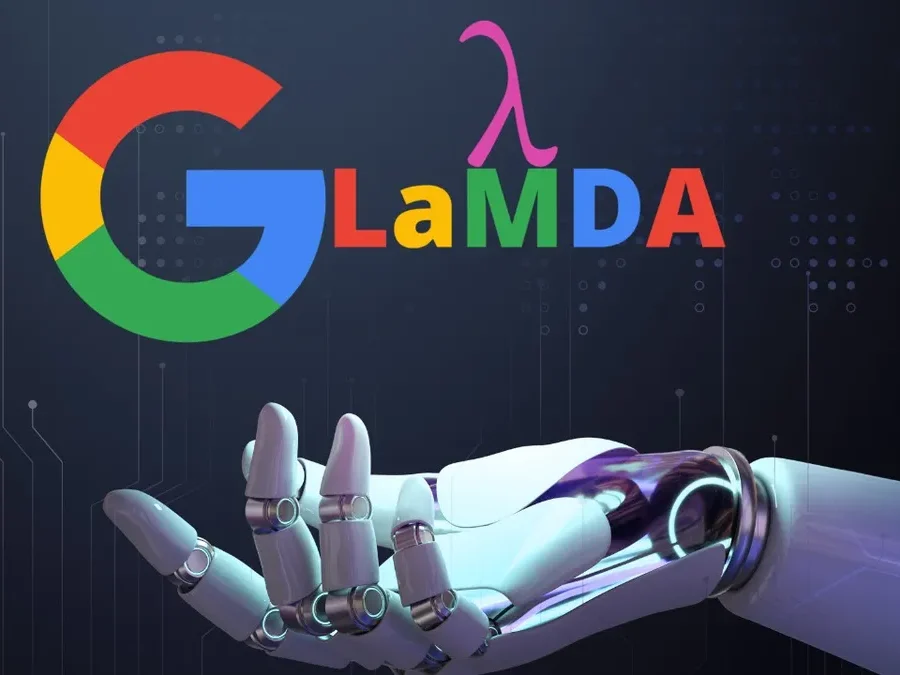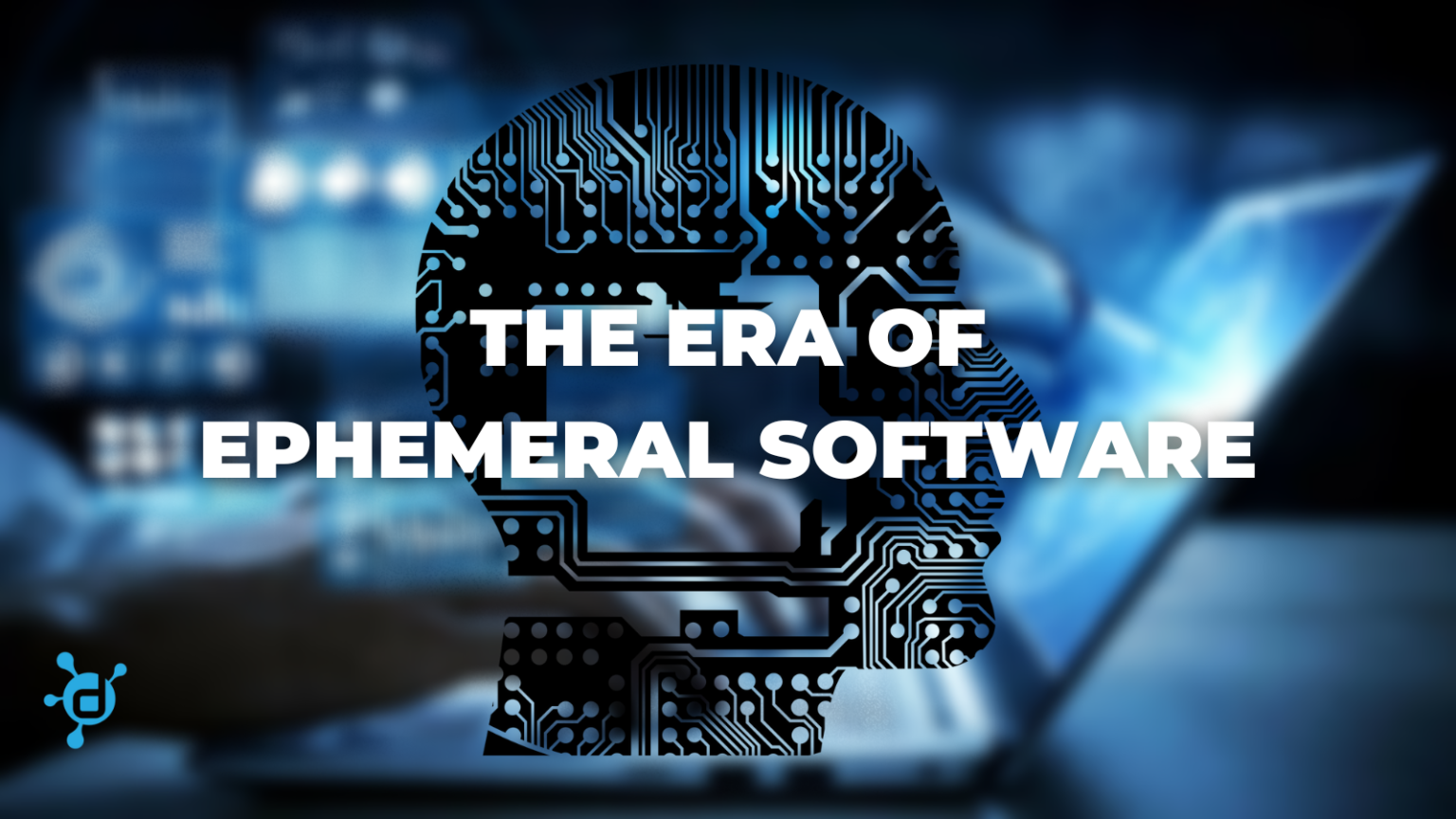We’re on the verge of a revolutionary change in the software industry, where applications will be created on-demand, they’ll be personalized, and single-use. This concept, known as ephemeral software, is marked by an increasingly apparent shift towards AI-driven software creation.
Ephemeral UI and Single-Use Apps
The transformation of most interfaces back to chat-based or command line interfaces suggests the diminishing need for traditional UI. Just like a tuxedo, that’s worn only when you really need it, most UI remains unused. However, when tasks can be accomplished through natural language commands, the necessity for much of today’s UI could disappear.
In this context, we’re observing the rise of ephemeral UI, where applications appear when needed and fade away after use. This concept fuels the idea of single-use apps that are generated at runtime in response to a specific task or goal. An AI could understand the task, design a backend and frontend in seconds, and present the necessary UI to complete the task.
Implications for Software Development
This paradigm shift raises significant questions for software development companies. Traditionally, software is designed to be robust, scalable, and to cater to a wide audience. But now, AI could feasibly create and run software for a unique problem with just one user. This means that no problem will be too small or too complex, and software companies may need to reevaluate their role and relevance.

In the short term, companies might build plugins for AI systems like ChatGPT, ensure their APIs are accessible, and seek partnerships with industry giants to stay relevant. In the long term, the AI market’s expansion, estimated by Gartner to reach a trillion dollars by 2030, could lead to major shifts and challenges in the industry.
The Future of Software and Developers
In a world where AI writes software and that software also writes software, the role of developers may change dramatically. Developers could compete with AI tools, shifting from creators to curators of code, requiring less direct coding and more creative thinking and communication skills.

In this post-GPT software era, AI models like OpenAI’s GPT-4, Google’s LaMDA, Facebook’s Blender, Hugging Face’s ChatGPT, and Microsoft’s Turing-NLG are already causing ripples in the industry. As these models evolve to handle larger projects and write code on the fly, the responsibility of developers might become one of quality assurance, bug and error handling, and continuous improvement.
Undoubtedly, tomorrow’s software world will look drastically different from today’s, teeming with myriad possibilities and questions that require exploration. One thing is clear: the era of ephemeral software has begun, promising a groundbreaking shift in the landscape of software development.
Check out one of many ways AI if impacting the web3 space.




